Introduction
Definition and Overview of Polyurethane Pig:
Polyurethane pigs are versatile tools used in the maintenance and operation of pipelines. Polyurethane pigs act as cleaning and inspection agents, helping to remove debris, scale, and other contaminants from the pipeline walls. They are also utilized for product separation, dewatering, and batch changeover processes. With their flexible and durable construction, polyurethane pigs can navigate pipelines of varying sizes and negotiate bends and curves with ease.
Importance of Polyurethane Pig in Pipeline Operations:
Polyurethane Pigs play a crucial role in ensuring the smooth and efficient operation of pipelines. By effectively cleaning the pipeline interior, they help to maintain optimal flow rates and prevent blockages that can lead to operational disruptions and costly downtime.
Furthermore, polyurethane pigs contribute to the integrity assessment of pipelines by detecting and locating defects, corrosion, and wall thickness variations. This information allows operators to proactively address potential issues before they escalate into major problems, ensuring the safety and reliability of the pipeline infrastructure.
In addition, polyurethane pigs are environmentally friendly, as they reduce the need for chemical cleaning agents and minimize the risk of product contamination. Their versatility and compatibility with various pipeline materials make them indispensable tools in the oil and gas, water, and chemical industries.
Understanding Polyurethane Pigs
A. What is Polyurethane?
Polyurethane is a versatile polymer that forms when isocyanates react with polyols. It offers exceptional durability, flexibility, and resistance to abrasion and chemicals, making it an ideal material for manufacturing polyurethane pigs used in pipeline maintenance.
Manufacturers produce polyurethane pigs by combining polyols, isocyanates, and other additives in a controlled process. They then mold the resulting material into various shapes and sizes to create pigs. The composition of these pigs can be customized to meet specific requirements, allowing for variations in hardness, density, and chemical resistance.
B. Composition and Characteristics of Polyurethane Pigs
Polyurethane pigs are known for their outstanding durability and flexibility, which enable them to withstand the harsh conditions and mechanical stresses of pipeline pigging operations. Their composition ensures resistance to wear, tear, and chemical degradation, making them suitable for prolonged use in demanding environments.
Designed with flexibility in mind, polyurethane pigs can adapt to different pipeline diameters and navigate through bends and obstacles without compromising efficiency. They maintain a tight seal against the pipeline walls, allowing for effective cleaning, product separation, and inspection.
Additionally, polyurethane pigs exhibit excellent memory properties, which means they can regain their original shape even after compression or deformation. This characteristic ensures consistent performance and sealing capabilities during pigging operations.
C. Advantages of Polyurethane Pigs in Pipeline Maintenance
Using polyurethane pigs in pipeline maintenance offers several advantages. Firstly, their flexibility and adaptability enable efficient cleaning and removal of debris, scale, and other deposits from the pipeline walls. This process enhances flow efficiency, reduces the risk of blockages, and maintains optimal pipeline performance.
Secondly, polyurethane pigs provide reliable product separation capabilities, which is crucial in multi-product pipelines where preventing cross-contamination is essential.
Furthermore, the durability and resistance of polyurethane pigs to chemical corrosion and wear ensure they have an extended service life. This durability reduces the frequency of pig replacements, resulting in significant cost savings for pipeline operators.
Selection Model
| Name | Model | Performance | Technical Parameters |
| Hygroscopic Foam Pig | LCQZ-RTH | 1. It is formed by one-time foaming of polyether polyurethane material. | Starting pressure: 0.2-0.3 MPa |
| 2. Soft texture, and good elasticity. | Density: 35 kg/m³~150 kg/m³ | ||
| 3. It has strong water absorption performance. And the deformation amount can reach 70%. | Withstand pressure: 7 MPa | ||
| 4. Remarkable effect on dewatering, degreasing, and drying of pipelines. | Stretch rate: 320% | ||
| Compression ratio: 60 | |||
| Flex life: 50,000 times | |||
| Attrition rate: 4 mm/100 km | |||
| Operating distance: 50 km~150 km | |||
| Operating temperature: -30℃~100℃ | |||
| Bare Foam Pig | LCQZ-RTN | 1. Soft texture and good flexibility. | Starting pressure: 0.02 MPa |
| 2. With strong water absorption, the deformation amount can reach 60%. | Density: 35 kg/m³~220 kg/m³ | ||
| 3. Used for dewatering, cleaning, and drying pipelines. | Withstand pressure: 7 MPa | ||
| Stretch rate: 320% | |||
| Compression ratio: 60 | |||
| Flex life: 50,000 times | |||
| Attrition rate: 4 mm/100 km | |||
| Operating distance: 50 km~150 km | |||
| Operating temperature: -30℃~100℃ | |||
| Polly Foam Pig | LCQZ-RTR | 1. Its interior is foamed by polyurethane material. The surface is coated with a polyurethane elastomer coating. | Starting pressure: 0.02 MPa |
| 2. Good flexibility and certain wear resistance. | Density: 35 kg/m³~220 kg/m³ | ||
| 3. The deformation amount can reach 50%. Which is the most widely used foam pig. | Withstand pressure: 7 MPa | ||
| 4. Used for scrubbing, descaling, and fluid isolation of pipes. | Stretch rate: 320% | ||
| Compression ratio: 50 | |||
| Flex life: 50,000 times | |||
| Attrition rate: 2 mm/100 km | |||
| Operating distance: 100 km~300 km | |||
| Crisscross Foam Pig | LCQZ-RTCC | 1. The interior is foamed by polyurethane material. And the surface is covered with a prismatic block polyurethane elastomer. | Operating temperature: -30℃~100℃ |
| 2. High surface hardness and large friction coefficient. | |||
| 3. Has high elasticity and toughness. | |||
| 4. Used for pipeline cleaning, cleaning, and cleaning impurities. |
Types of Polyurethane Pigs
Solid Cast Polyurethane Pigs
Features and Benefits:
Solid cast polyurethane pigs offer a range of features and benefits that make them highly effective in pipeline maintenance. Manufacturers produce these pigs as a single, solid piece, ensuring exceptional durability and resistance to wear and tear. Their robust construction allows them to withstand the demanding conditions encountered during pigging operations, providing long-lasting performance.
One of the key advantages of solid cast polyurethane pigs is their superior sealing capabilities. They form a tight fit against the pipeline walls, enhancing cleaning efficiency by effectively removing debris, scale, and other deposits. Additionally, the reliable sealing properties contribute to efficient inspection processes as they help maintain consistent contact with the pipeline surface, ensuring accurate assessment of the pipeline condition.
Moreover, you can customize solid cast polyurethane pigs with various hardness levels to suit specific pipeline requirements. This flexibility in hardness selection allows for optimal performance in different pipeline materials and operating conditions, maximizing their effectiveness.
Applications in Pipeline Cleaning and Inspection
Solid cast polyurethane pigs play a crucial role in pipeline cleaning and inspection. Initially, they effectively remove debris, scale, and other deposits from the walls of pipelines, improving flow efficiency and preventing blockages. To enhance this function, operators can equip these pigs with cleaning attachments like brushes or scrapers, which boosts their cleaning capabilities and ensures a thorough removal of contaminants.
Furthermore, specialists use solid-cast polyurethane pigs to gather valuable data on pipeline conditions for inspection purposes. By incorporating inspection tools such as magnetic flux leakage (MFL) sensors or ultrasonic transducers, these pigs can detect defects, corrosion, and thickness variations along the pipeline, thus assisting in maintenance and integrity assessments. Their ability to effectively clean and inspect pipelines solidifies their role as indispensable tools for ensuring optimal pipeline performance and integrity.
Foam Polyurethane Pigs
Features and Benefits:
Foam polyurethane pigs possess unique features that make them well-suited for specific pipeline applications. Firstly, these pigs are constructed with a cellular foam structure, resulting in a lightweight and buoyant design. This buoyancy allows them to float in liquids, making them ideal for dewatering applications or when liquids need to be displaced from the pipeline.
Additionally, foam polyurethane pigs exhibit excellent flexibility and compressibility. This characteristic enables them to navigate through pipelines with bends, curves, and restrictions, ensuring efficient product separation and smooth batch changeover processes.
Applications of Polyurethane Pigs
Cleaning and Debris Removal
Effective Removal of Solid Deposits
Polyurethane pigs excel at scraping and removing solid deposits from the pipeline’s interior. This action helps maintain a clean flow path.
Preventing Flow Restrictions and Contamination
Regular use of these pigs prevents the buildup that can restrict flow and lead to contamination. Clean pipelines ensure pure product delivery.
Pipeline Inspection and Integrity Assessment
Detecting and Locating Defects and Corrosion
Polyurethane pigs equipped with sensors can detect areas of corrosion and other defects. This allows for timely repairs and maintenance.
Assessing Wall Thickness and Pipeline Condition
These pigs help measure the wall thickness and evaluate the overall condition of the pipeline. This assessment helps predict maintenance needs and prolongs pipeline service life.
Product Separation and Batch Changeover
Preventing Mixing of Different Products
Polyurethane pigs can separate different products within the pipeline. This separation prevents contamination and preserves product integrity.
Enhancing Operational Efficiency and Safety
Efficient batch changeovers reduce downtime and enhance safety. Polyurethane pigs make these transitions smooth and reliable, optimizing operational flow.
Conclusion
In conclusion, polyurethane pigs are indispensable tools in the maintenance and operation of pipelines. Firstly, they play a pivotal role in ensuring pipelines operate efficiently, safely, and without interruptions. Secondly, whether used for cleaning, inspecting, or separating products, these pigs contribute significantly to maintaining the integrity and longevity of pipeline systems. Moreover, with their robust design and versatile applications, polyurethane pigs not only optimize pipeline performance but also reduce maintenance costs and environmental impact. Consequently, they continue to be the preferred choice for pipeline operators worldwide, striving for operational excellence in various industries.


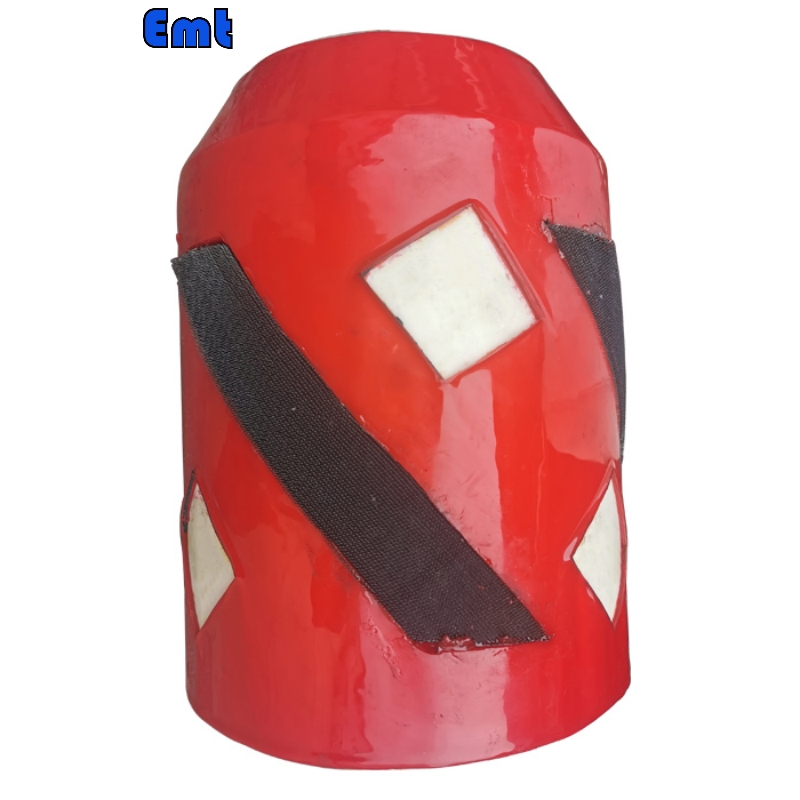

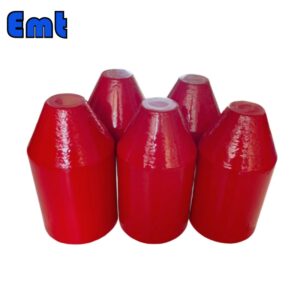
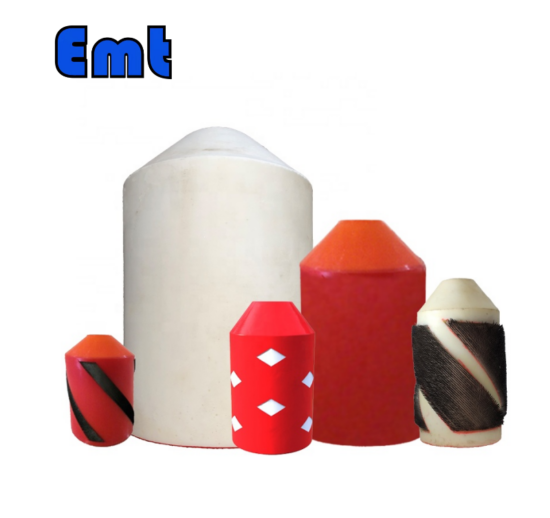
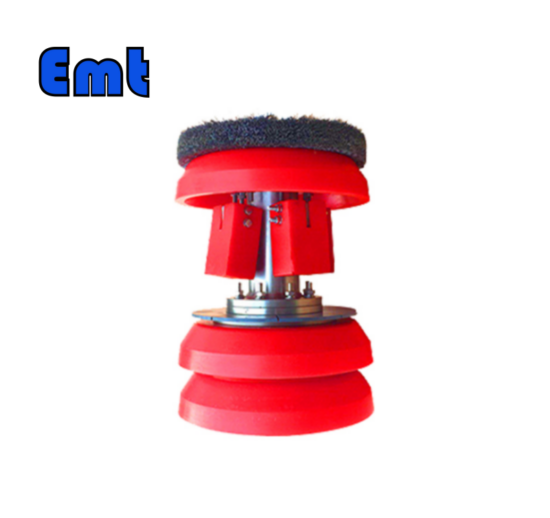
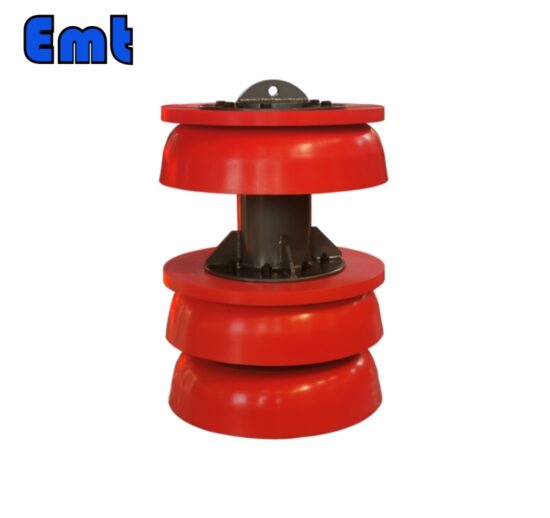
There are no reviews yet.